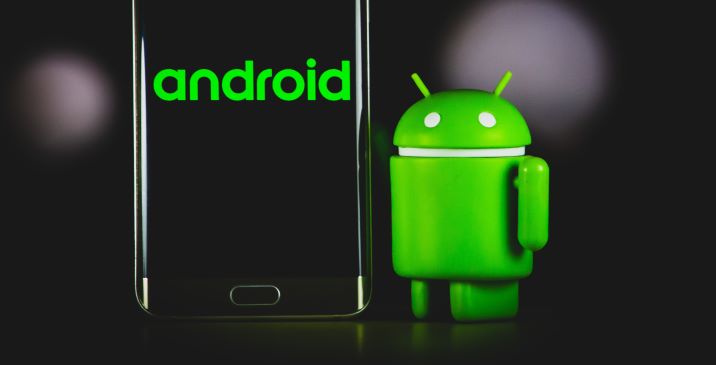A sneak preview of Google’s next mobile OS would not be appropriate for February. Indeed, the firm has issued the first Android 14 developer preview (DP1) to assist app developers in targeting the next platform. The primary goals this time around are accessibility, battery life, and security. Fonts may be scaled to significantly bigger sizes (200 per cent against 130 per cent before), and intelligent scaling makes the text more legible. Establishing preferred languages for applications is simpler, and developers may be more flexible to those who speak gendered languages like French.
In addition, Android 14 DP1 offers several under-the-hood changes that might help you get the most out of your battery and screen. Alarms, foreground activities, and internal broadcasts have stricter controls, which may minimise battery use. Apps for foldable phones and tablets should also be simpler to create, so you may see software that takes greater use of your hardware’s visual real estate.
Indeed, Android 14 may prevent users from sideloading really ancient applications. Since some malware is developed for earlier versions to evade a permissions system introduced in 2015, Google will mandate that applications target at least Android 6.0 (Marshmallow). This will not prohibit you from using programs already installed when you update the System, and you may force installs using command line instructions. If you have an old app that you don’t want to give up, you may have to explore alternatives.
This initial preview is accessible on the Pixel 4a, Pixel 5, and later Google phones, as well as the desktop Android emulator. The first Android 14 beta is expected in April, with Google anticipating “platform stability” (read: release candidates) in June. As is customary, developer previews do not reflect the whole of what the new platform will provide. We anticipate that Google will make more visible adjustments during its I/O conference in the spring.

